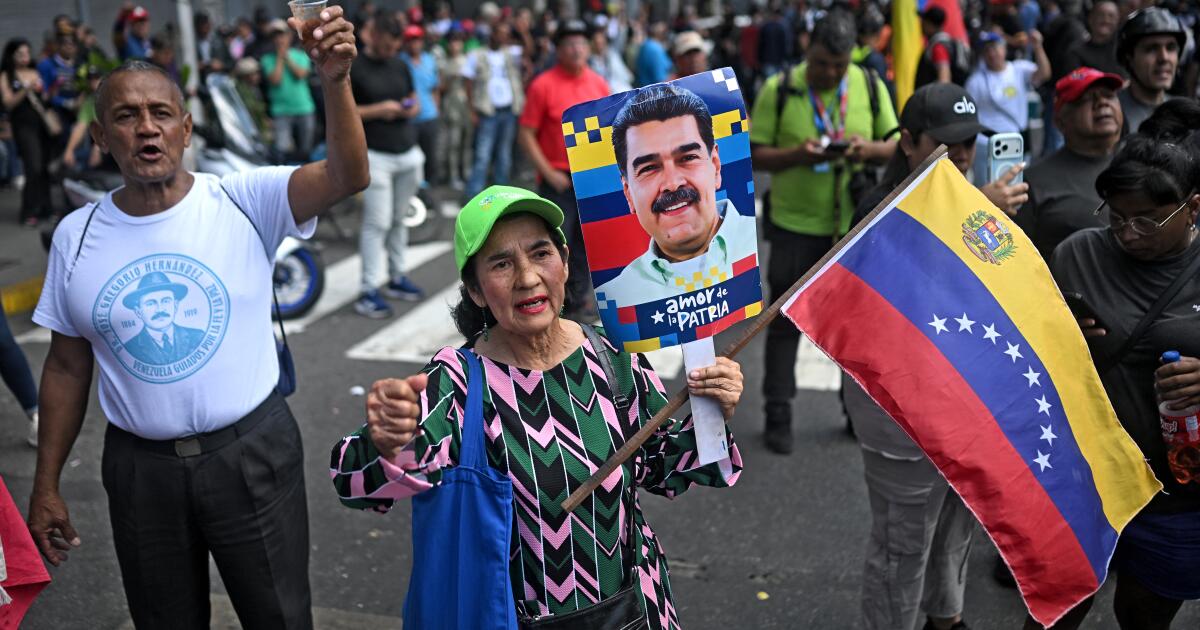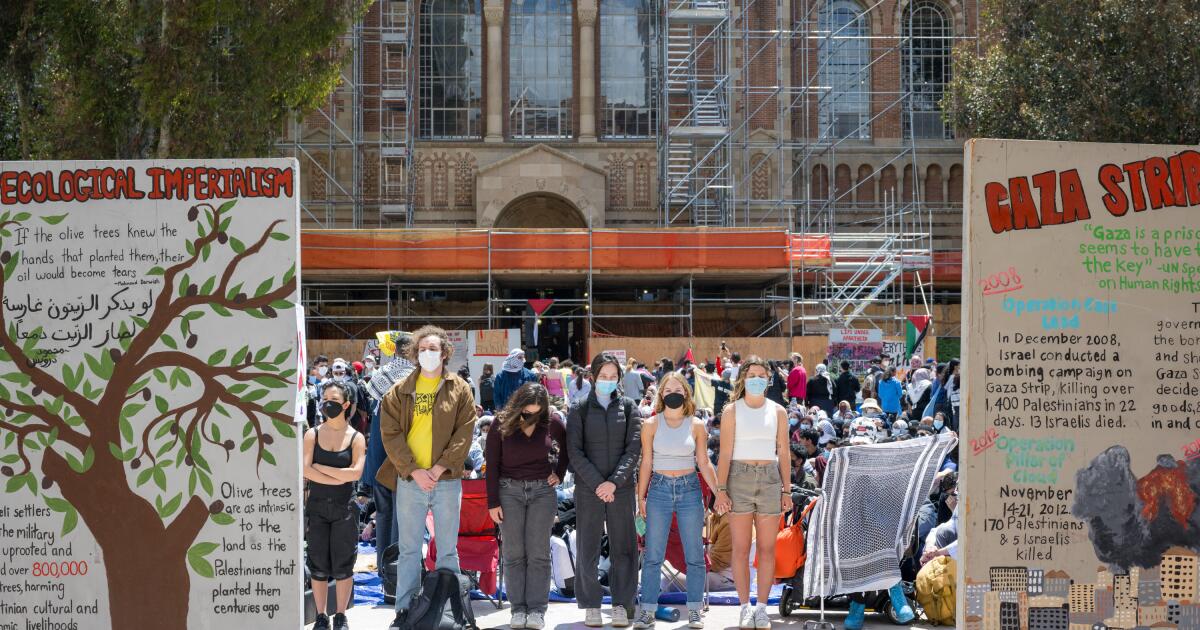Protesters He threw soup at the Mona Lisa on Sunday. in the latest example of deliberately shocking climate activism. While some consider disruptive antics like this alienating the publicResearch on social movements shows that there is a strategy behind them.
Combining radical forms of civil disobedience with more conventional actions, Like lobbying and state-sanctioned demonstrations, activists not only capture the public's attention, they make less aggressive tactics more acceptable and possibly more successful.
I study the role of disruptive politics and social movements in global climate politics and have recorded the ebb, flow and dynamism of climate activism. with today's political institutions Focused largely on short-term desires over long-term planetary health, and global climate negotiations moving too slowly to meet the challenge, climate activists have been radically rethink their tactics.
In meetings with global activists in recent weeks, my colleagues and I have noticed their emphasis shifting from government political struggles to battles in the streets, political spaces, and courts. The lines between reformists and radicals, and between global and grassroots mobilizersare blurring and a new sense of commitment is taking root.
Activist groups have long relied on a strategy known as boomerang effect — use international networks and global institutions such as the United Nations climate talks to influence the actions of national governments. Although this approach was initially well adapted to climate change, The results show the conversations have been too slow and insufficient. The growing influence of the fossil fuel industry has left some activists seriously questioning whether the UN climate process is still useful.
Last year's UN climate conference solidified these concerns when the host country, the United Arab Emirates, put its CEO of the state oil company in charge of the talks. The conference was invaded by a record number of oil and gas lobbyists, and the COP28 final agreement It left room for the continued expansion of fossil fuels. He announcement in January that Azerbaijanhost of COP29, would put another oil industry veteran in charge of the conference, further diminishing any faith activists still had in the system.
In response to the weakness of global climate negotiations and policies, my colleagues and I are seeing a rise in sophisticated legal battles over climate change. More than 2,000 climate change cases Applications have been filed in the past five years, most of which are in the United States. More than a half Of these cases decided between June 2022 and May 2023 have had a climate-friendly outcome, although most still face appeals. And while judicial decisions rarely produce radical social changes, they are often followed by legislative changes that satisfy more moderate demands.
When direct activism occurs at the same time as formal institutional challenges, studies show that the combination can help increase awareness of the issue and support for moderate action. Researchers call this the “radical flank effect.” It was effective for both of us. civil rights and feminist movementsand it is evident in other political movements in America today.
We have seen this in the UK. After initially disapproving of the shocking climate protests, in 2019 London Mayor Sadiq Khan meets Extinction Rebellion, a group known for dramatic actions such as spraying fake blood on the steps of the UK treasury. Britain's Environment Secretary also met with the group and days later Parliament declared a climate emergencymaking the UK the first nation to do so.
Climate protesters are also changing course in the United States. President Biden made climate change a central issue in his first presidential campaign, but activists they don't come close to what they want and they have recently made it the target of protests and boos.
Criticism of extreme activism often misses a crucial point: Public reaction is not necessarily the ultimate goal of activists. Often their goal is to influence government and business decision makers.
Objections to acts of climate activism like the latest food fight at the Louvre are understandable, but they might miss the point. The protesters' perceived madness is, in fact, a method.
Shannon Gibson is an associate professor of environmental studies at USC. This article was prepared in collaboration with the conversation.












